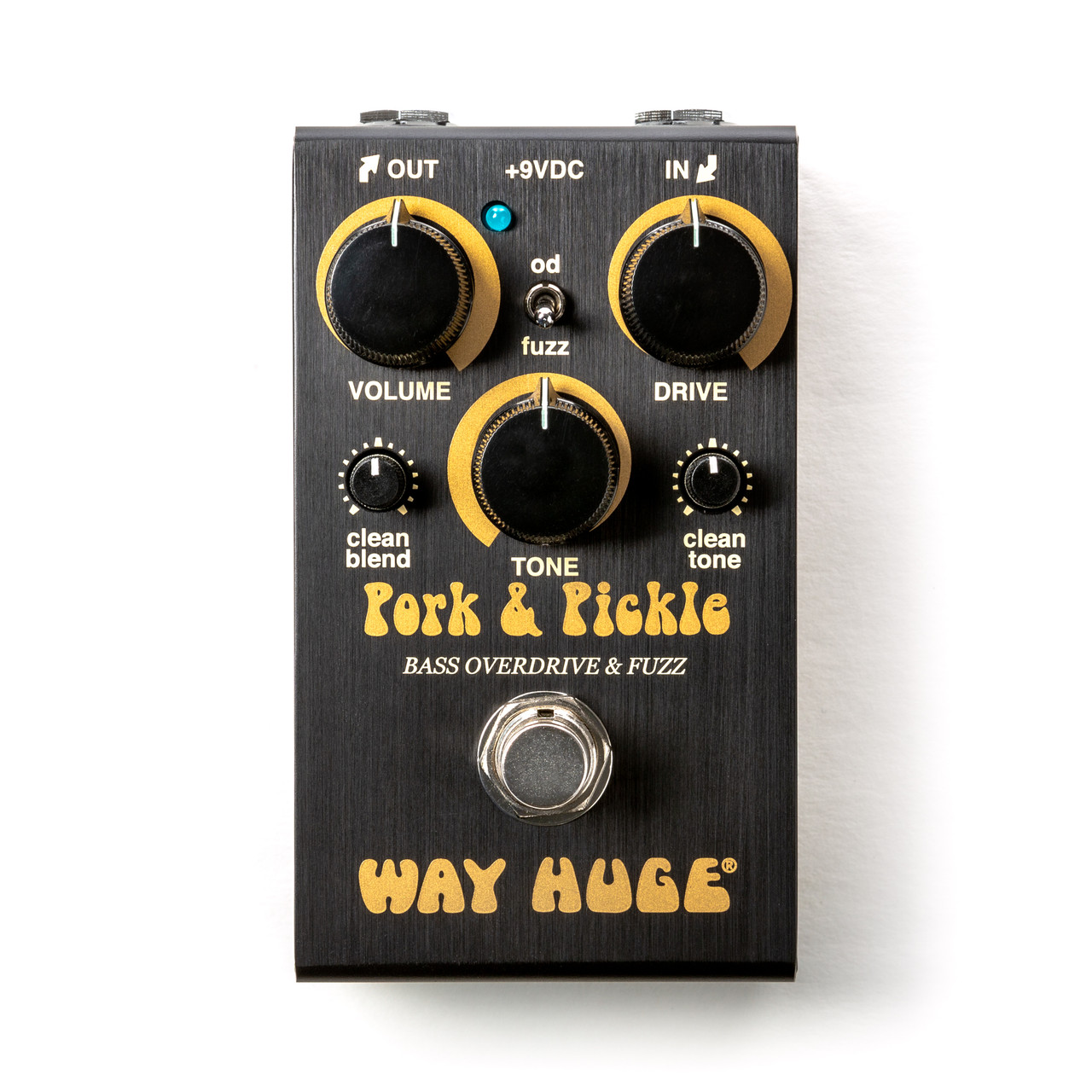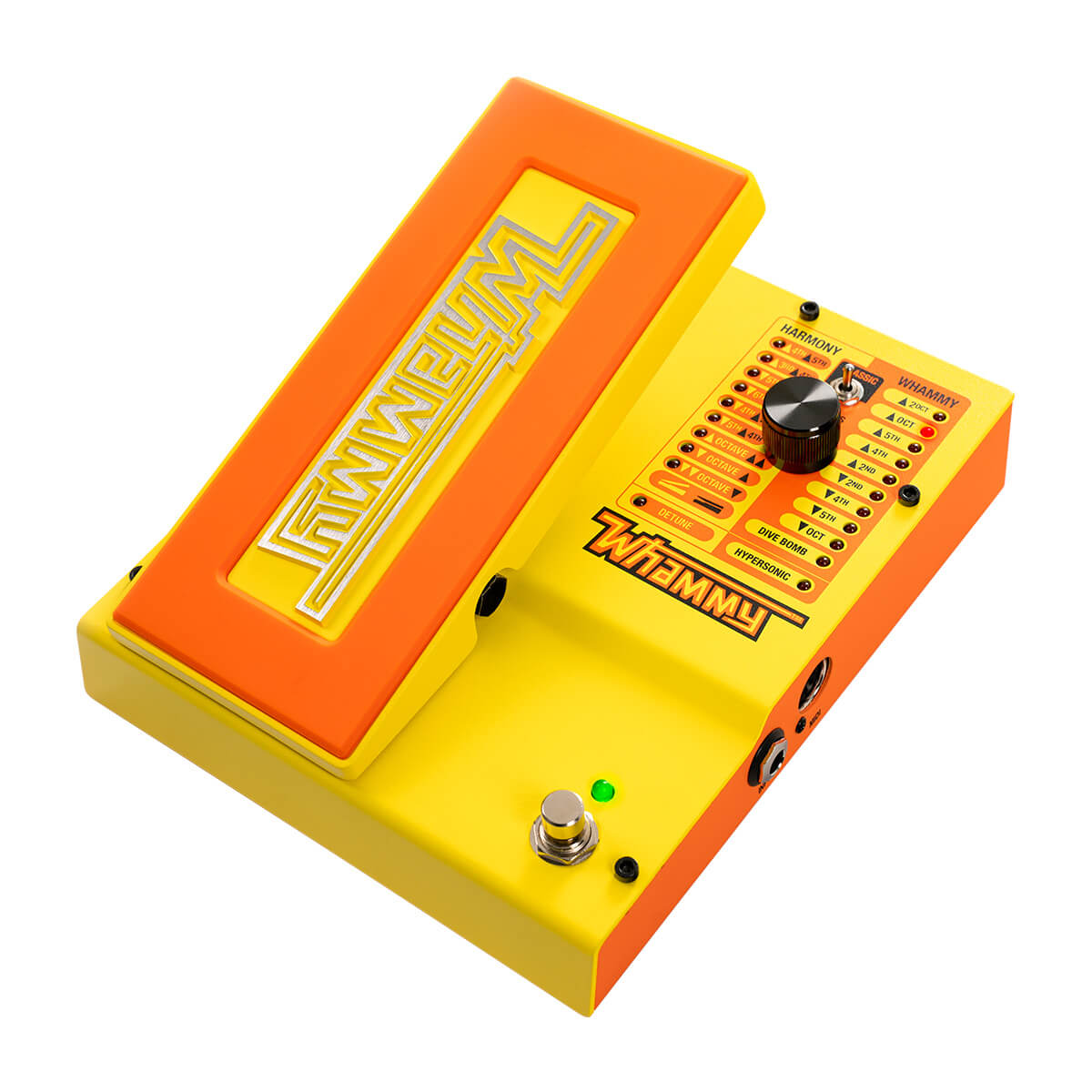
Way Huge Pork & Pickle: Pedal Review
The Definitive Bass Overdrive/Fuzz The Way Huge Pork & Pickle is the brainchild of pedal wizard Jeorge Tripps, the founder of Way Huge Electronics and mastermind behind some of the most distinctive effects in modern pedal culture. This unit combines two of Way Huge’s classic effects in one box: Both are revered in the guitar world, but this hybrid was specifically voiced and tweaked for bass, bringing warmth, grit, and massive low-end without sacrificing clarity. Released in 2019, the Pork & Pickle quickly became a favorite among session musicians, touring bassists, and tone nerds due to its ability to cover a wide range of dirt—from subtle drive to full-on woolly fuzz—while preserving low-end punch and articulation. It’s a Favorite Among Bass Players Bass players often struggle to find dirt pedals that add character without ruining low-frequency definition. Many traditional overdrives and fuzzes scoop mids or roll off lows, making the bass sound thin or lost in a mix. The Pork & Pickle solves this by offering: Its tonal flexibility, studio-friendly behavior, and compact form make it a true multitool for working bassists. Front Panel Controls: Explained in Detail Let’s break down each knob and switch on the pedal: 1. Volume 2. Tone 3. Drive 4. Clean Blend 5. OD / Fuzz Switch Internal Controls (Trimpots) Inside the pedal, you’ll find two internal trim pots, which allow for further tone shaping: These internal controls make the Pork & Pickle incredibly versatile — tweak once and forget, or fine-tune to different basses/setups. Sound Profile & Use Cases Overdrive Mode (Pork Loin): Fuzz Mode (Russian Pickle): You can also keep the Blend high and Drive low for a subtle grit or use Blend low and Drive high for full-on fuzz fury. Build Quality & Power Pros and Cons Pros: Cons: Conclusion The Way Huge Pork & Pickle stands out as a rare dual-mode pedal that truly understands what bassists need. It offers warmth, grit, and saturation without sacrificing punch, clarity, or low-end authority. Whether you’re shaping a subtle edge to your clean tone or going full fuzz bomb, the pedal adapts beautifully to any genre or setup. Its combination of analog richness, deep tweakability, and practicality make it one of the most versatile and musical dirt pedals available for bass. It’s no surprise that even bassists who don’t yet own one often count it among their favorites—this pedal makes a lasting impression the moment you plug in.
